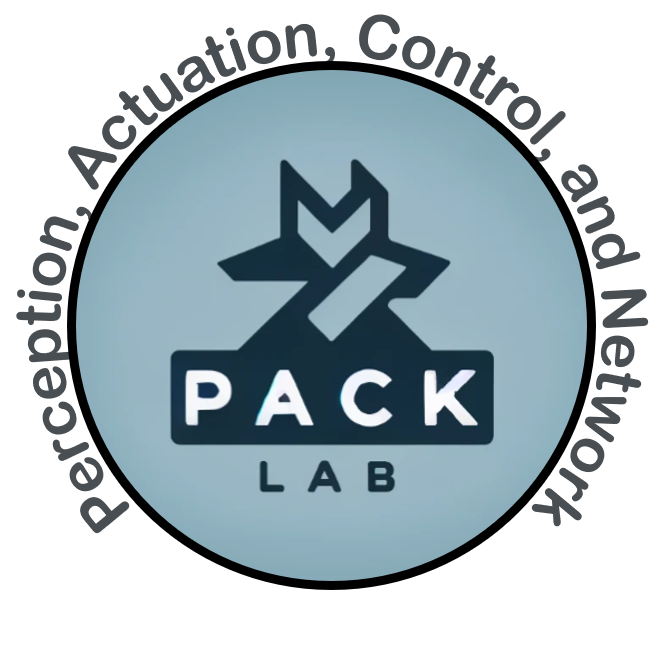Why I Study Control and Robotics: My Story
Published:
By Tairan Liu
When I was a child, I lived with my father, who became disabled after a devastating car accident. Simple tasks that most people take for granted, picking up something from the floor, putting on socks, getting dressed, became daily challenges for him. I became his helper. At a young age, I learned how to support him with care, patience, and love. Life was hard, especially when my mother wasn’t around to assist. And I remember thinking, even as a small child, there must be something that can help him, a machine, a device, something that can ease his burden when no one else is there.
That thought never left me.
When it came time to choose my major in college, I chose mechanical engineering, not because I loved machines, but because I believed it would teach me how to build something that could make a difference. I wanted to create tools that would restore dignity, independence, and comfort for people like my father.
But as I dug deeper into engineering, I discovered that machines alone weren’t enough. What I truly wanted to build were systems that could move on their own, sense the world around them, and respond with intelligence and care. That’s when I found robotics. And to make robots truly helpful, I realized I needed more than mechanical design. I needed control systems and automation. That’s what gives machines the ability to act, to adapt, and to serve real human needs.
In 2014, I came to the U.S. to begin my Ph.D. I changed my focus to control and robotics, fully committing to this vision. It wasn’t just a field of study; it was a continuation of a lifelong question: how can technology serve the people we love?
After earning my doctorate, I joined a research group focused on wearable robotics, designing exoskeletons and prosthetic limbs for people with physical disabilities or protects people from injuries. Every line of code I wrote, every test we ran, every small breakthrough. We weren’t just building machines. We were building hope.
Now, as a professor and researcher at California State University, Long Beach, I continue my work in this area. Years have passed, but my mission remains the same. The boy who once helped his father put on socks is now trying to help the world walk again, with dignity, with support, with freedom.
And then, just a few days ago, life reminded me once again why this work matters so much.
Our beloved greyhound, BoBo, was diagnosed with bone cancer. The vet told us that to save him from the spread of the disease, his leg would have to be amputated. My wife and I broke down in tears. BoBo is eight years old. He was a racing dog, graceful, fast, full of life. My wife adopted him when he retired at age three, and since then, he’s been our joyful, gentle companion.
The idea of him losing a leg, of never being able to run again, felt unbearable. As we drove to the veterinary hospital to pick him up, my wife turned to me and asked, “Can you design a prosthetic leg for BoBo?”
I couldn’t answer. I just cried.
Because this is what it has always been about. Not robotics as machines, but robotics as care. As love. As hope.
I believe robotics and automation can help us, humans and animals alike, live better, fuller, more supported lives. I know they aren’t always the perfect solution. Sometimes, they may not be the solution we want. But I hold onto the belief that one day, they will become tools we can turn to easily, not to replace us, but to stand beside us. To lift us up when we’re down. To offer comfort when things fall apart. To help us live with dignity, with joy, and with strength.
That’s why I study control and robotics. That’s why I do what I do.
